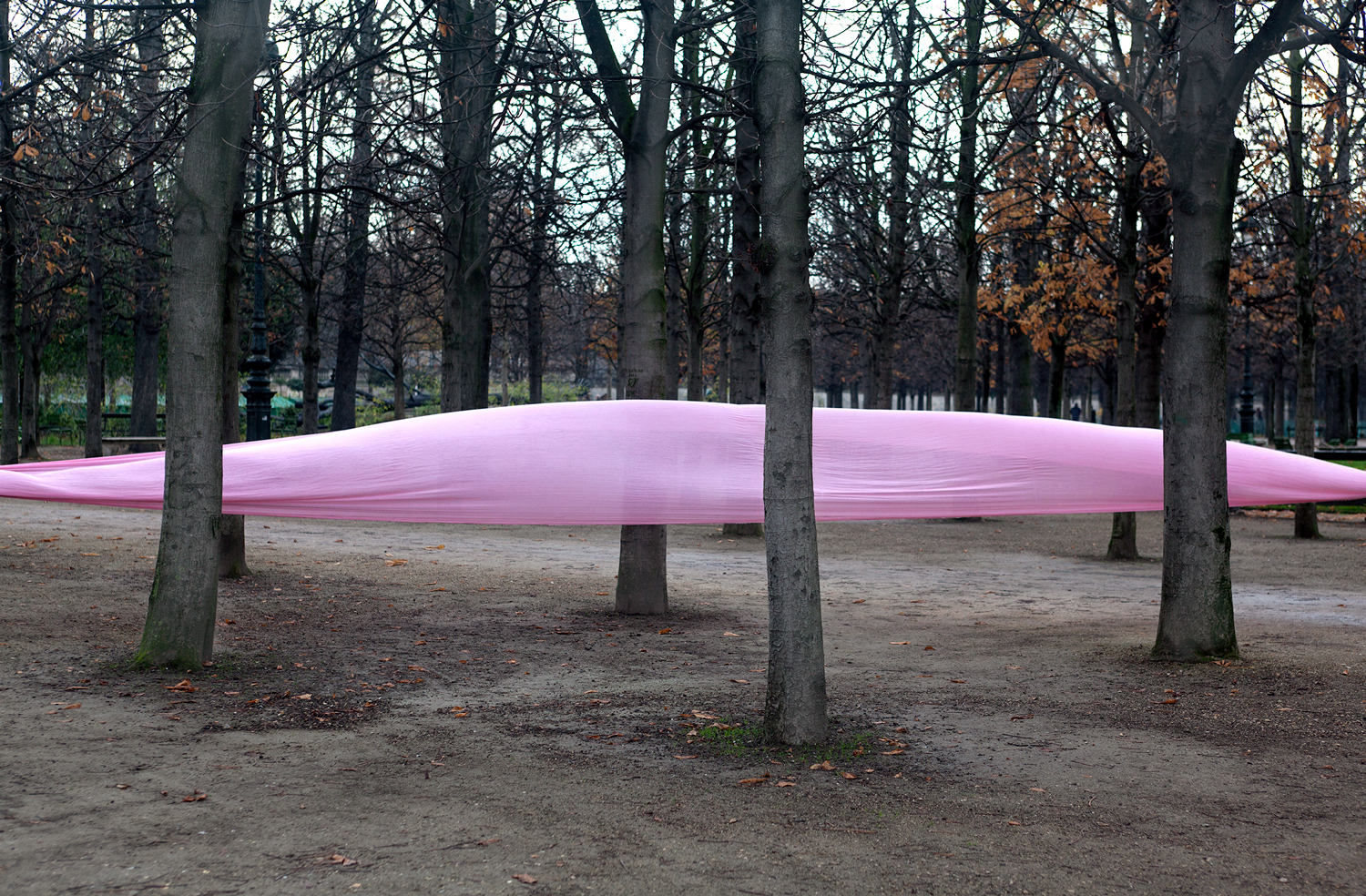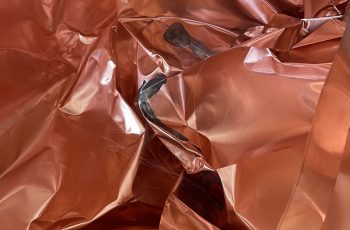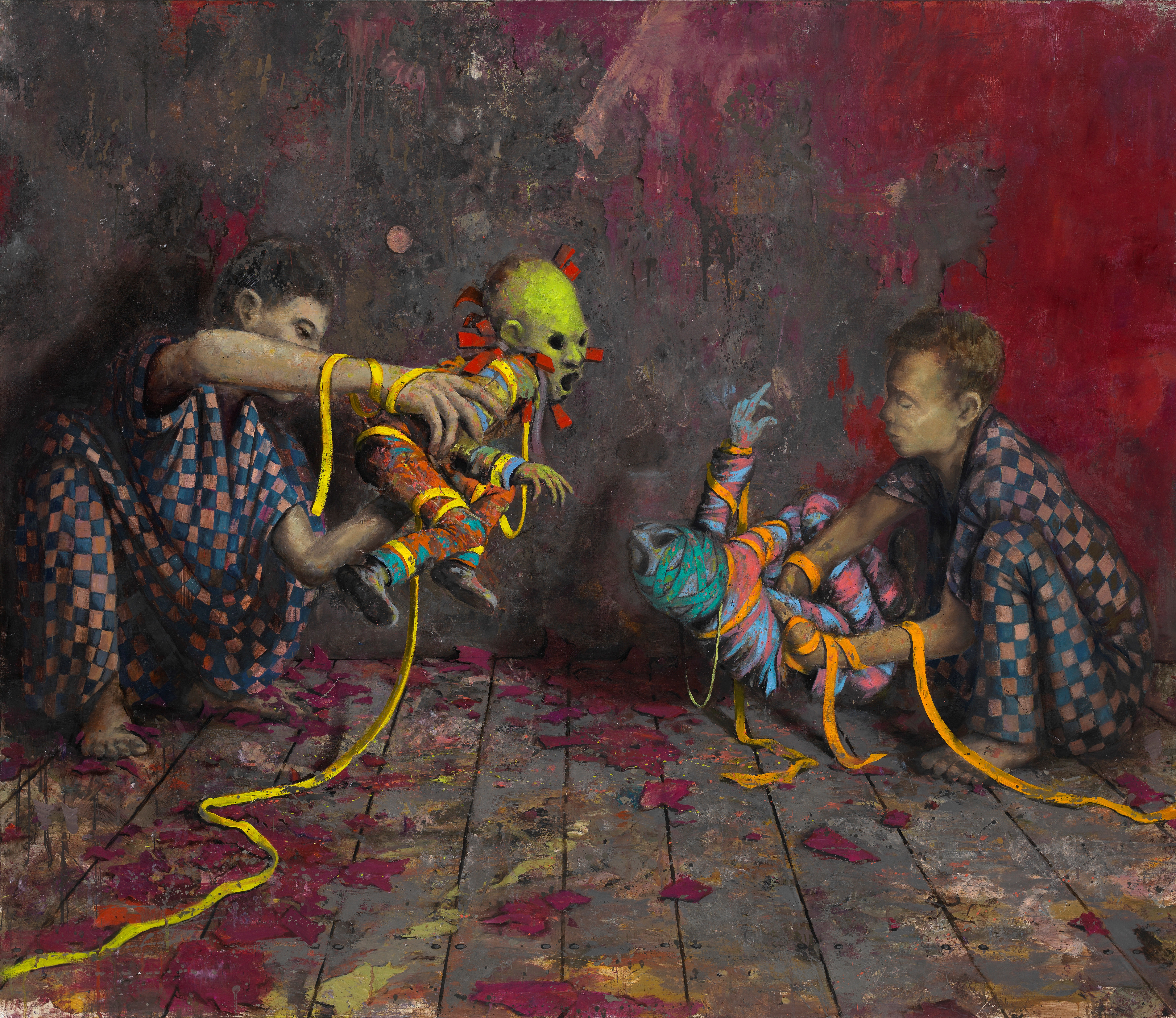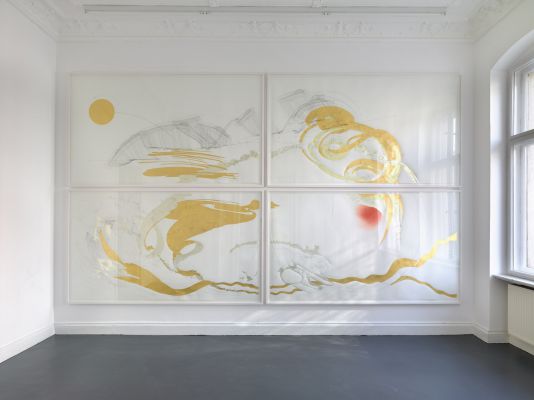
In 9 TIMES PHILOSOPHY, Jorinde Voigt’s second solo exhibit at Klosterfelde, Berlin, the artist presents a new group of drawings based on philosophical and literary texts, including Johann Wolfgang von Goethe’s “Prologue in Heaven” from Faust I, Epicurus’s “Letter to Menoeceus,” Wassily Kandinsky’s exchange of letters with Arnold Schönberg, works from Peter Sloterdijk, Douglas R. Hofstadter, Platon, Elias Canetti, and Paul Celan, and various “Haiku” from the most eminent Japanese poets. Jorinde Voigt (born 1977) has developed a coded form of writing in her drawings to transform material phenomena into visual compositions. No matter how complex these processes are, the artist’s systems lend them at least an outward appearance of order. Through networks of lines, mathematical grids, and musical patterns that are at once chaotic and poetic, Voigt examines the workings of human perception and the factors that shape it.
In 9 TIMES PHILOSOPHY, Voigt allows the viewer to participate in her own experience of appropriation and her attempt to understand the texts at hand. The artist renders what she reads into a dense network of notes and surfaces that serve as placeholders for the images evoked. Each surface in the drawing represents a quoted passage that produces visual associations for the reader.Voigt sketches these imaginary forms on paper, cuts them out, plates them in gold, white gold, silver, platinum, or palladium, and fastens them back to their original place. The artist then combines this inlay technique with handwritten notations. Parameters such as “Rotationsgeschwindigkeit” (speed of rotation), “Himmelsrichtung” (cardinal direction), “Ausrichtung neues und altes Zentrum” (alignment of new and old center), or “Egomotion” (egomotion) contextualize the surfaces, which reflect subjective readings, in an objective system of orientation—the so-called “matrix.”
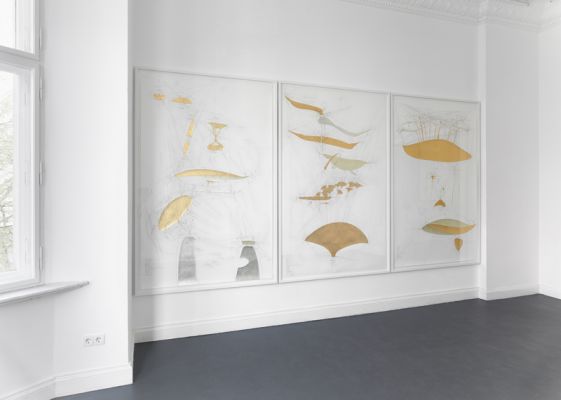
Within this ever-present grid, Voigt varies the procedure and mode of representation for each surface. Following Canetti’s lead in Crowds and Power (1960), the artist allows her body to become part of the drawing process: “Rhythm is originally the rhythm of the feet. Every human being walks, and, since he walks on two legs with which he strikes the ground in turn … whether intentionally or not, a rhythmic sound ensues,” Canetti writes. As she draws, Voigt walks on top of the paper, and the traces of her footprints determine the contours of the gold plating. “It was a kind of rhythmic notation imprinted on the soft ground and, as [the person] read it, he connected it with the sound of its formation.”
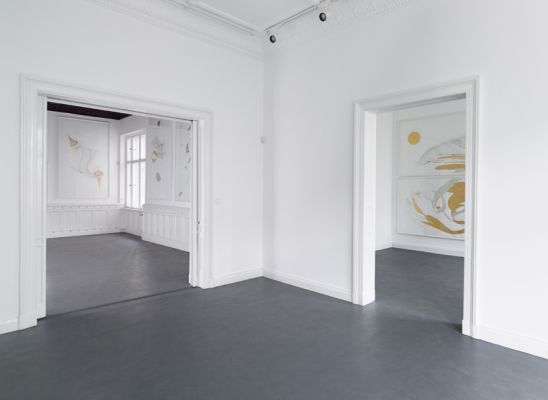
“The sea’s vast floods surge up and break / in foam against the rocks’ deep base, / and rock and sea are hurled along / in the eternal motion of the spheres,” trumpets Gabriel in the “Prologue in Heaven” from Goethe’s Faust. Voigt employs verses like these to translate Faust (1808) into monumental wave formations in shades of gold and silver. In the tableau of four drawings, on view in the first room of the exhibit, a rouge-colored area also emerges. This takes its inspiration from Mephistopheles, who tells the Lord: “Full healthy cheeks are what I best prefer.” The image and passage appear next to each other in Voigt’s drawings so that the viewer can better understand their relation. Different from figurative work such as Leonardo da Vinci’s famous “Water Studies” from 1517–18, Jorinde Voigt’s drawings are not meant as minutely accurate visual representations but rather as embodiments of the thought process itself, which is always influenced by personal experience, emotion, and memory…”
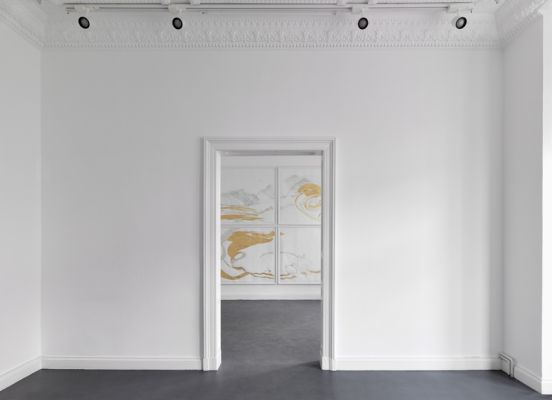
Voigt’s use of the non-colors gold and silver reflects the immateriality of her intellectual-philosophical pursuits. At the same time, the vibrancy of the shimmering, reflective precious metals contrasts with the starkness of Voigt’s systematic procedure. Jorinde Voigt lives in Berlin and was a winner of the 5th Drawing Prize from the Guerlain Foundation of Contemporary Art in 2012. Her work can be found in the collections of the Centre Pompidou Paris, the Museum of Modern Art New York, the Federal Collection of Contemporary Art (Bundeskunstsammlung) in Bonn, the Kupferstichkabinett Berlin, the Kunsthaus Zürich, and the Staatliche Graphische Sammlung in Munich. Voigt’s notations, musical scores, objects, and installations have been shown at the Nevada Museum of Art, the Royal Ontario Museum Toronto, the Museum van Bommel van Dam in Venlo, the Von der Heydt-Museum in Wuppertal, the Gemeentemuseum Den Haag, and the Heidelberger Kunstverein.
Author Ingrid Melano

